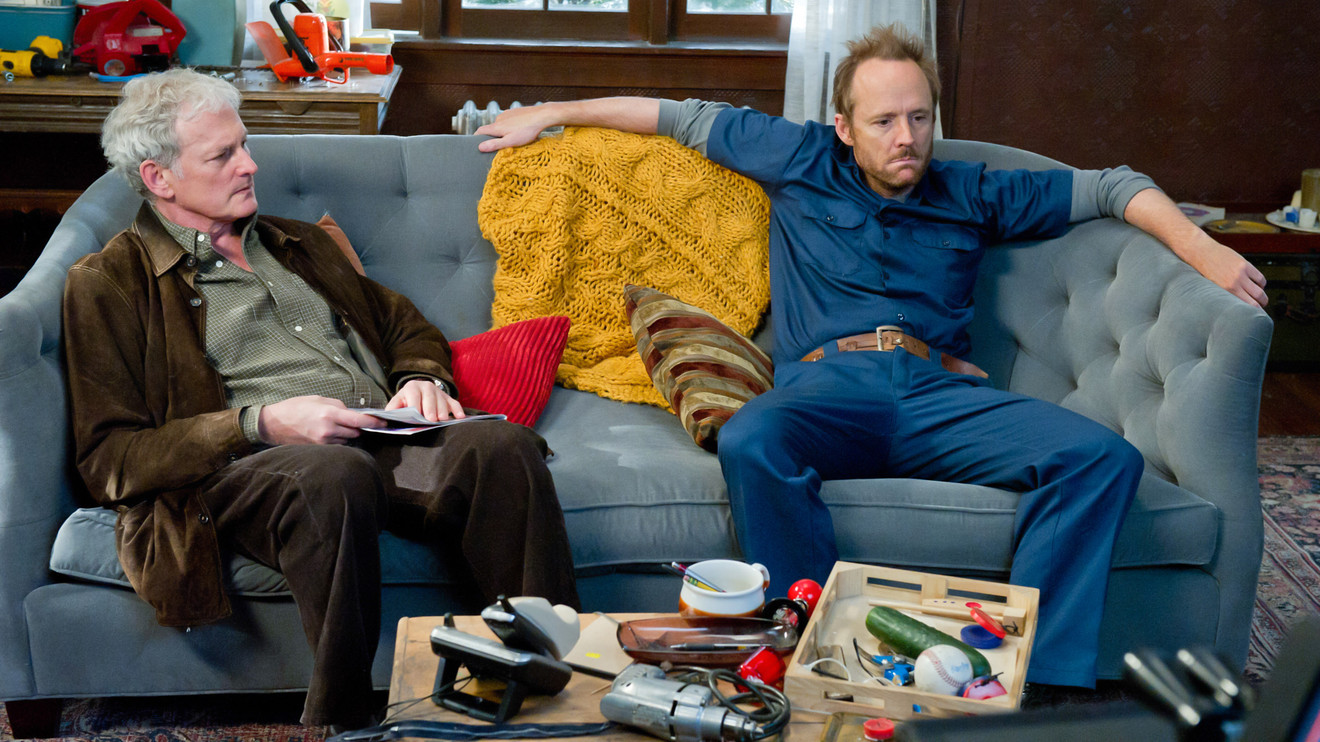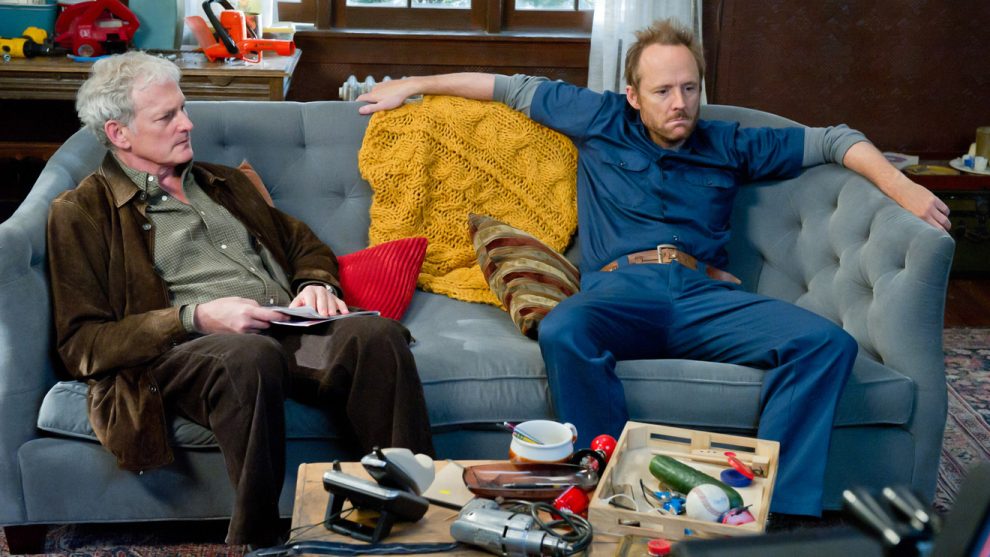
The economy is doing great, according to most estimates.
Jobless claims dipped to 228,000 in early May and the U.S. labor market is on track to break the record for the longest expansion on record. Mortgage rates have hit their lowest level this year. Consumer sentiment rose to a 15-year high of 102.4 in May, up from 97.2 in April, helped in part by a decade-long bull market. But not everyone is A-OK.
“Many adults are financially vulnerable,” according to the Board of Governors of the Federal Reserve System. “In addition, volatile income and low savings can turn common experiences — such as waiting a few days for a bank deposit to be available — into a problem for some.” As a result, people supplement income through gig work and seek financial support from family members.
‘Many adults are financially vulnerable.’
The rich benefit from a rising stock market. The richest people in the U.S. have increased their share of stock ownership over the last 30 years, Daan Struyven, senior economist at Goldman Sachs GS, -1.64% said recently. “The wealthiest 0.1% and 1% of households now own about 17% and 50% of all household equities, respectively, up from 13% and 39% in the late 1980s,” he said.
This gap between the rich and everyone else can be seen in overall stock ownership. Just over half of Americans own stocks, this Gallup report concluded. That includes 401(k) plans, shares in an equity mutual fund and/or an IRA account. Two-thirds of Americans do not even participate in or have access to a 401(k) plan, according to the U.S. Census Bureau.
Recommended: Trump’s trade war with China: Get ready to pay more for iPhones, TVs and Silly Putty
Here are five takeaways:
1. Race: Nearly 80% of Caucasians were at least doing OK financially in 2018 versus 66% of blacks and Hispanics. The gaps in economic well-being by race and ethnicity have persisted even as overall well-being has improved since 2013, the Board of Governors of the Federal Reserve System’s Sixth Annual Survey of Household Economics and Decisionmaking.
Adults under the age of 35 were 8.6 percentage points more likely to report a financial hardship, echoing other research that has suggested young adults experience more difficulty staying afloat financially, the Urban Institute, a nonprofit policy group based in Washington, D.C. Women, black Americans, Hispanics and single adults were also more likely to struggle to make ends meet.
Don’t miss: Dwindling population and disappearing jobs is the fate that awaits much of rural America
2. Education: When asked about their finances, 75% of adults say they were either doing OK or living comfortably, up 12 percentage points since 2013, the Fed report concluded. However, adults with a bachelor’s degree or higher were significantly more likely to be doing at least okay financially (87%) than those with a high school degree or less (64%).
Twelve years after entering college during the 2003-2004 academic year, 21% of black student loan borrowers who graduated with a bachelor’s degree defaulted on their debts versus just 18% of white borrowers, according to a January 2018 analysis of government data by Judith Scott-Clayton, a professor of economics and education at Columbia University’s Teachers College.
Half-a-million workers dropped out of the labor force.
3. Access to credit: Three in 10 adults have family income that varies from month to month, while one in 10 adults have struggled to pay their bills because of monthly changes in income, the Fed said. What’s more, people with less access to credit, most of whom have low credit scores, are also much more likely to report financial hardship due to income volatility.
Approximately 6% of adults do not have a bank account. However, 14% of blacks and 11% of Hispanics were unbanked versus just 4% of whites. Between one-quarter and one-third of blacks and Hispanics use alternative financial services, such as money orders and check cashing services, compared to just 11% of whites, the Fed added.
4. Underemployed: Although unemployment fell to a 49-year-low of 3.6% in April from 3.8% in March, nearly a half-million workers also dropped out of the labor force last month, according to data released by the Bureau of Labor Statistics. Blacks, Hispanics, and those with less education are less likely to be satisfied with how much they are working, according to the Fed report.
Unreliable shift work is associated with financial stress. One-quarter of employees have a varying work schedule, including 17% whose schedule varies based on their employer’s needs, the Fed report added. One-third of workers who do not control their schedule are not doing OK financially, versus one-fifth of workers who set their schedule or have stable hours.
Also see: Finally, students can comparison shop the cost of their college majors
5. The forgotten people: 40% of Americans struggle to pay for at least one basic need like food or rent, according to a survey of more than 7,600 U.S. adults carried out by the Urban Institute and published just ahead of Labor Day Weekend 2018. Nearly 24% of respondents reported two or more hardships in 2017 and 14% said they experienced at least three of these.
The Urban Institute tracks individual and family health and financial security at a time when the economy is improving and unemployment is falling, but said the social safety net for low-income Americans is “undergoing significant changes.” Almost two-thirds of families with incomes below the federal poverty level — $25,750 for a family of four — had problems meeting these basic needs.











Add Comment